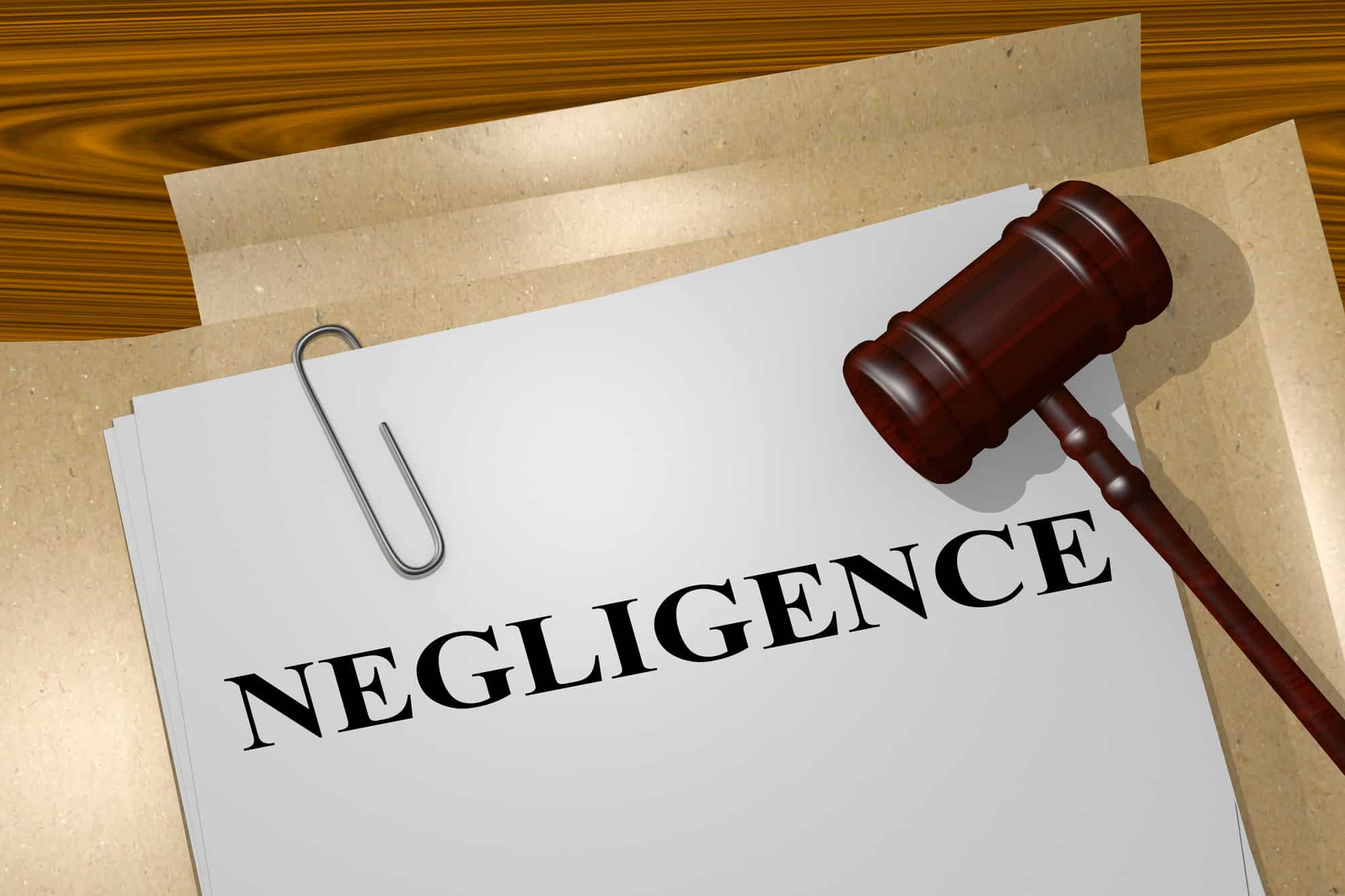No one plans to be injured or to be involved in an accident. Everyone leaves their homes in the morning with the full expectation that they’ll return back to their abode well and unharmed. However, these incidents happen far too often, and many times it is due to the negligence of others. Slip and falls, automobile accidents, and a wealth of other incidents can result from the failure of others to maintain a reasonable level of care. If you’ve been injured in an accident because of another entity, you have a right to compensation under the law. In order to claim this compensation, however, you’ll need to be able to prove the 4 elements of negligence were present in your particular case.
What are these elements and how can you use them to get the compensation you have a legal right to? Read on and we’ll walk you through everything you should know.
What is Negligence?
Let’s start with the basics. When we talk about negligence, what are we really speaking about? Negligence isn’t exactly a word that is in most of our everyday speech.
Legally speaking, negligence is the failure of an individual or entity to exercise care towards others within a reasonable or prudent expectation. The key part of this definition is the latter half: that the offending party doesn’t exercise care to a reasonable degree.
This is where personal injury lawsuits can get tricky. After all, what might be reasonable to one person could be completely unreasonable to another. What’s the difference and how does the law decide what is legally liable and what isn’t?
After all, reasonable people make mistakes from time to time. Can these mistakes always result in justifiable lawsuits? It depends on the specifics of the circumstances. The four elements of negligence help break down where the lines are drawn in these kinds of cases.
What Are the 4 Elements of Negligence?
In order to fight back against the uncertainty of what may be considered reasonable and whatnot, courts have worked to create standards and classifications for negligence.
In order for a plaintiff to prove negligence in a personal injury case, they will need to prove all four elements of negligence that the court requires.
Duty of Care
Proving negligence first requires proving that the opposing party had what is known as a duty to care that they failed to live up to. A duty of care is seen as a legal obligation from one citizen to another; a requirement to use reasonable caution around others.
Many acts have a built-in duty of care under the law. For example, anyone that gets behind the wheel of an automobile is expected to adhere to a duty of care as it pertains to other drivers on the roadway. No one is allowed to drive recklessly.
There are many situations where a person or entity has a duty of care to others. Businesses have a duty of care for their customers, for example.
Breach of Duty
Once you’ve established that a duty of care existed, the next step will be to show that this duty was breached. This is, simply stated, proof that the individual or entity failed to act with reasonable care.
This could be a wide variety of actions depending on the specific circumstance. A person getting behind the wheel while drunk is an easy example, or anyone who ignores legal traffic laws.
Breach of duty could also be a lack of action taken as well. A business that doesn’t properly clean up or identify a large puddle of water, for example, could be liable for breaching their duty to create a reasonably safe environment for customers.
Breach of duty is always a developing standard based on the norms of the day. For example, there’s much discussion today of whether failure to adhere to COVID-19 policies could be considered a breach of duty for many businesses.
These are the first two main elements of negligence. Together, they prove liability on the part of the individual or entity. That means they are legally responsible for the injuries or damages that have taken place.
Proving Causation
The third element of negligence that you need to be familiar with is causation. This is where bringing forward a personal injury case can get a bit more difficult.
In order to bring forward charges, you’ll need to be able to prove that the breach of duty that was committed is directly linked to the incident or accident you were involved in. The more direct a relationship between this breach and your injury, the better chance you’ll have at a strong case.
If a driver runs a red light and smashes directly into your car, that’s pretty clear causation. The reckless driving on the part of the opposing driver directly led to the injuries you sustained.
However, if a driver runs a red light, frightening a few birds, and those birds fly in front of your windshield and cause an accident? As you can see, the direct relationship is not quite as assured. You’ll also need to prove that the injuries you’ve sustained are directly caused by the actions (or inaction) of the other entity.
Evidence of Damages
Last but not least, you’ll need to prove that you suffered injuries of some sort as a result of the opposing entity’s breach of duty. This could be in the form of medical evidence and medical bills. You can sue for lost wages and even pain and suffering.
An attorney will need to help you prove that these damages would not have existed were it not for the incident that occurred. This can require gathering a large amount of evidence and is often the most difficult part of a personal injury case.
Proving Fault and Getting the Compensation You Deserve
It’s a terrible thing to be injured as a result of the negligence of another party. If you’ve found yourself in this situation, it’s important you take immediate action. If you can prove the 4 elements of negligence in your case, you’ll be well on your way to getting the compensation you deserve.
Need help with your case? Give us a call anytime for assistance.
Posted in: Personal Injury

